In south of Peru, about 160 kilometers northwest of the city of Arequipa, lies the Colca Canyon – one of the deepest canyons in the world. It reaches a depth of unbelievable 3,400 meters (11,155 feet) and is almost twice as deep as the Great Canyon in the USA.
The Colca Canyon is also one of the best places in Peru to see the majestic Condors soaring over the mountains as well as to admire the incredible art of farming terraces dating back to pre-Incan times.
In our comprehensive Colca Canyon Guide we have outlined what Colca Canyon has to offer, which treks are best for your hiking trip, how to get there and much more.

What to expect in the Colca Canyon?
The Colca Canyon is a quite popular destination for people traveling around Arequipa. There are plenty of things to do in and around the Colca Canyon, such as hiking, rafting, mountain biking and much more.
For us, the Colca Canyon is still an off-the beaten path destination,. We’ve met a lot of travelers during our Peru trip, that skipped it due to time constrains or because they flew directly from Lima to Cusco without touching base in Arequipa.
With this guide we want to tell you why its definitely worth visiting the Colca Canyon and equip you with everything you need to know to get your journey started.
1. The Colca Canyon
Colca Canyon, no surprise, is the star attraction in the area. Some say it’s the second deepest canyon in the world, while others say it’s the fourth. Either way, at over 3,400 meters (11,200 feet) deep, it’s breathtaking. During your trip, you will most probably explore the beginning of the canyon, having only 1,100 meters (3,600 feet) of depth, but nevertheless, the view is stunning.
You can soak in the dramatic beauty of the canyon from several viewpoints, however, the Colca Canyon is best explored on foot. There are many awesome trails to explore, most of them being multi-day hikes. Due to the significant variation in altitude, the Colca Canyon encloses diverse ecosystems and microclimates. We were amazed, how as we were descending into the canyon, we experienced remarkable shifts in temperature and vegetation. And there is even a small green oasis Sangalle down there, where you can enjoy some hot springs.
So if you’re up for a little challenge, Colca canyon is one of the rewarding hikes in Peru. Read more about the different treks in the Colca Canyon in the section “How to hike the Colca Canyon?”.
To visit the Colca Canyon, you have to purchase a 70 PEN (≈ 19 USD) entrance ticket at a checkpoint. Remember to bring cash as you cannot pay by card. Keep this ticket with you at all times because park authorities request to see it at different checkpoints during your visit.
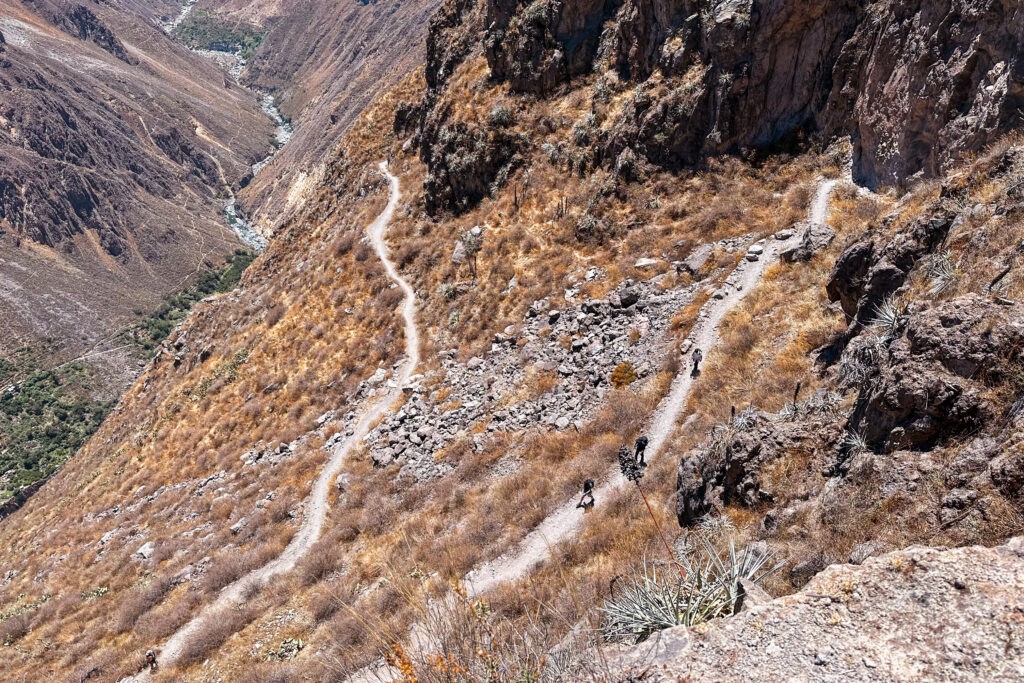
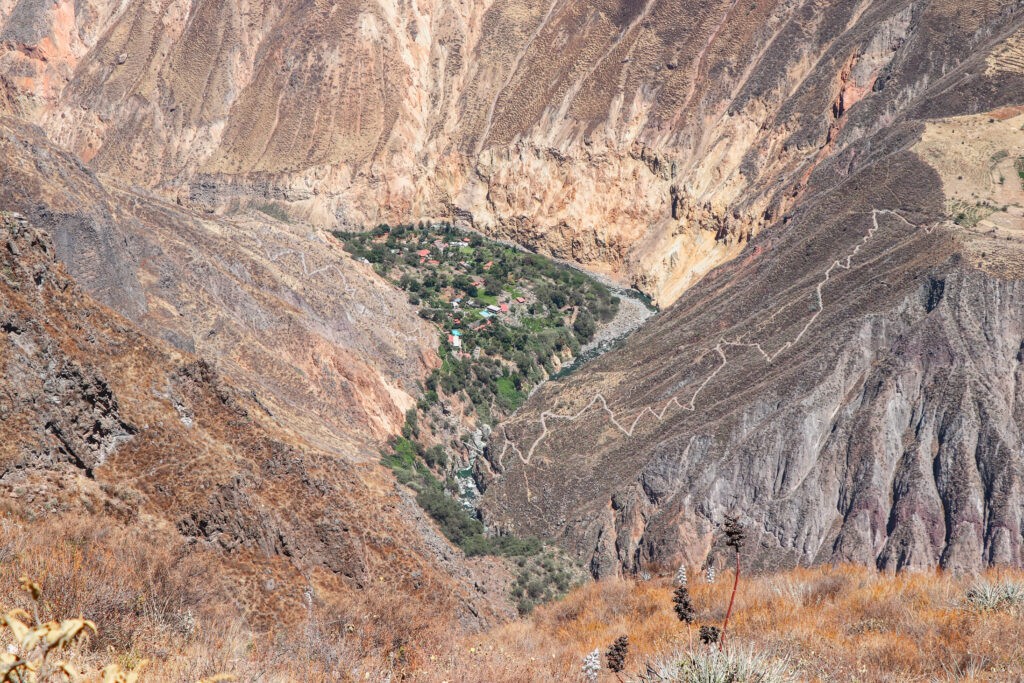

2. Graceful Andean Condors
The Colca Canyon is a famous destination for seeing Andean condors gracefully gliding above the cliffs from short distance. Andean condors are one of the largest flying birds in the world. Their wingspan can reach up to 3 meters (10 feet), so no wonder they are also called the King of the Andes.
There are several viewpoints along the canyon’s edge, such as Cruz del Cóndor, where you can observe these majestic birds. The most important thing to consider to see the condors is not the season or the weather, as they can be spotted throughout the year, but rather the time of day.
The best time to see Andean condors is in the morning, between 8 a.m. and 10 a.m. as they take flight from their cliffside nests. During the dry season you might also spot these birds in the afternoon between 3:30 p.m. and 4:30 p.m.
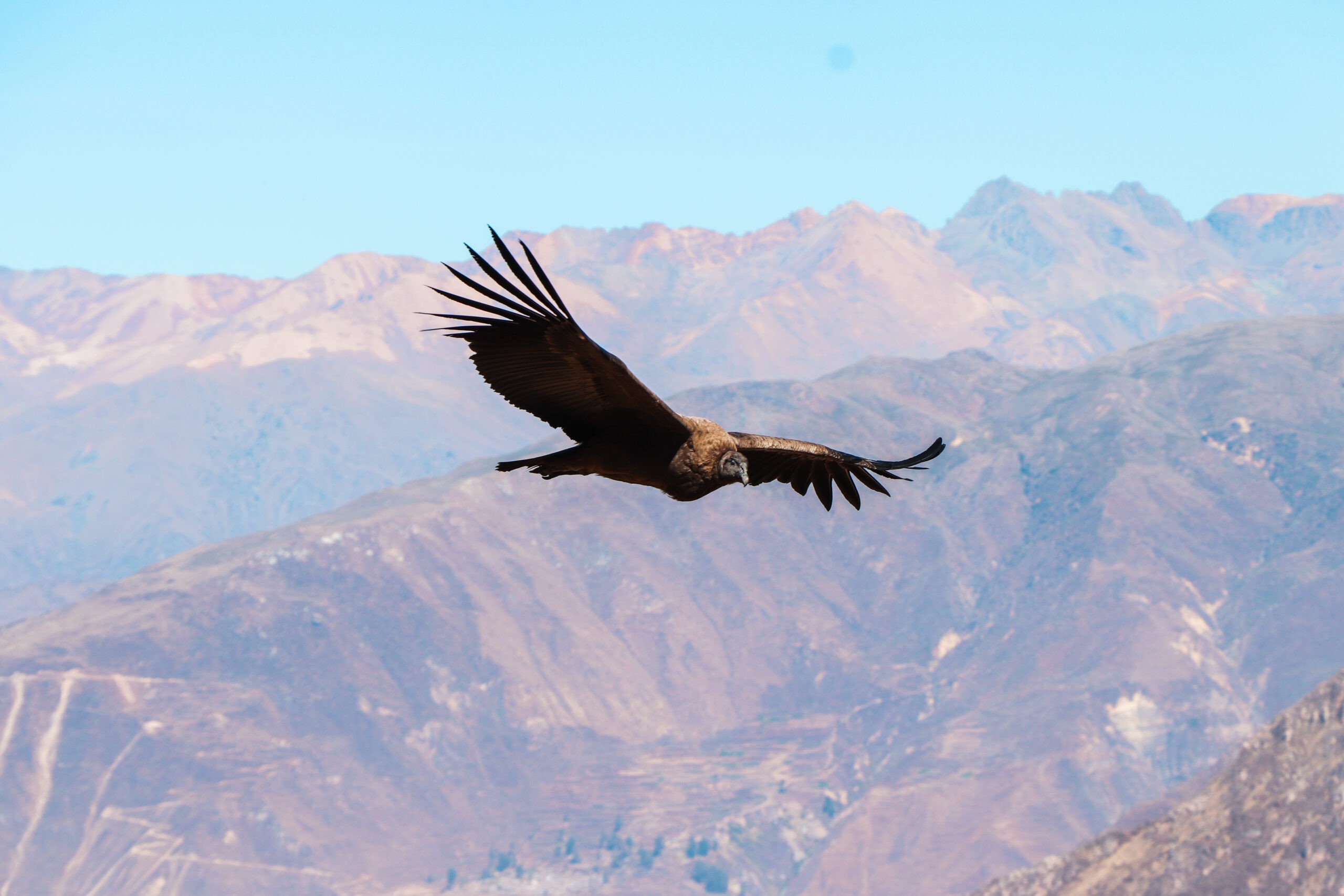
We did not have to wait long until these colossal birds emerged. The first sight of them, silhouetted against the blue sky, was simply incredible. As they circled overhead, casting a giant shadow over the ground, their black feathers glistened in the sunlight. And here’s an interesting fact. Did you know that condors actually don’t fly but soar on rising thermal currents? So in case you want to witness these fables birds effortlessly gliding yourself, visiting the Colca Canyon is a must.
To visit the most popular viewpoint Cruz del Cóndor to observe the Andean condor you will have to pay the entrance fee to the Colca Canyon of 70 PEN (≈ 19 USD).
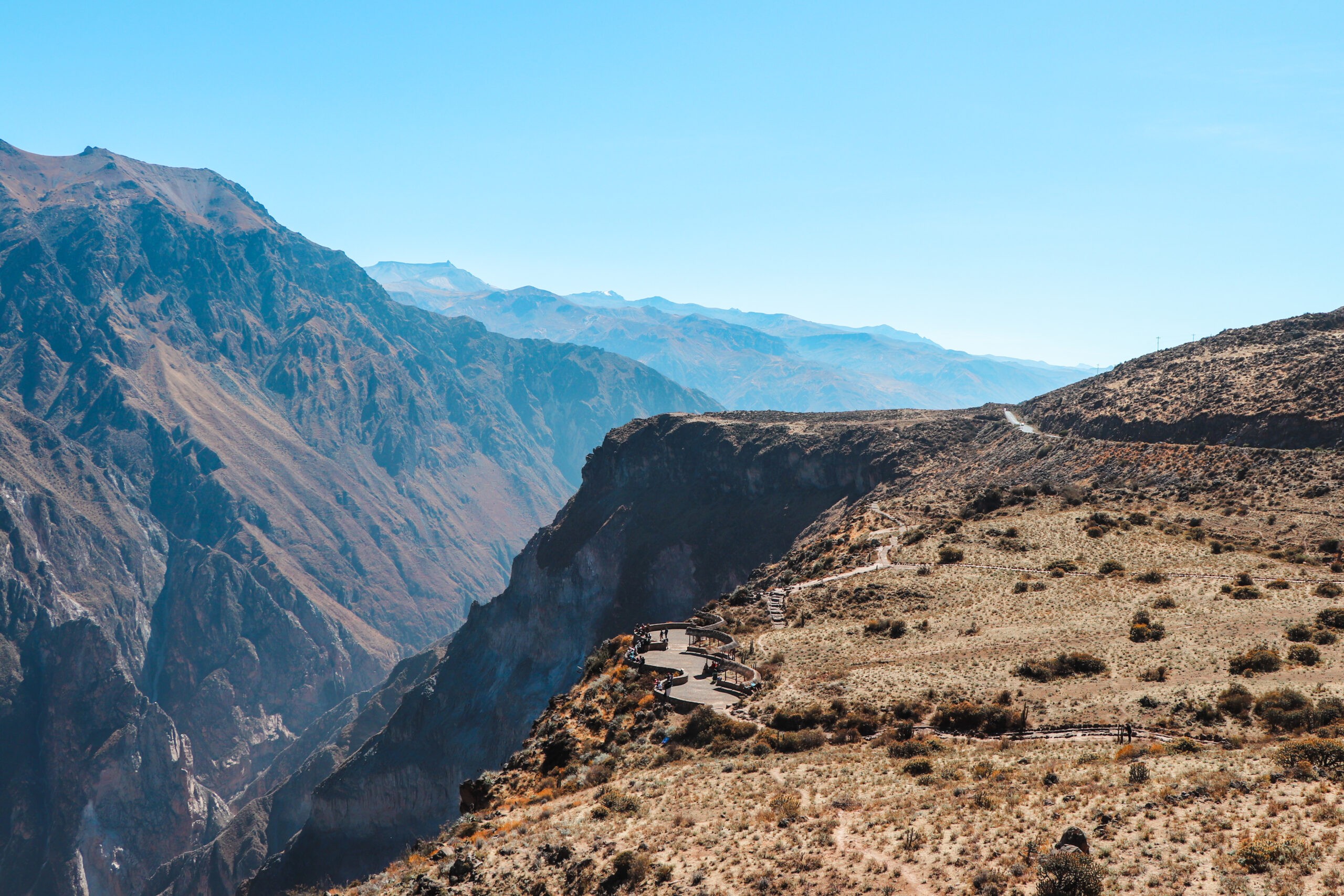
3. Stunning Agricultural Terraces
The agricultural terraces in Colca Canyon, known as “andenes” in Spanish, represent a traditional farming method that indigenous people in the mountains have used for centuries.
This pre-Incan and Incan agricultural technique involves building stone walls to create flat platforms on the steep canyon slopes for cultivating various crops like maize, quinoa, and potatoes in the challenging terrain. This is also how the Peruvians have evolved potatoes into a wide range of shapes, sizes, colors, and flavors – a total of an astonishing 4,000 different varieties of potatoes!
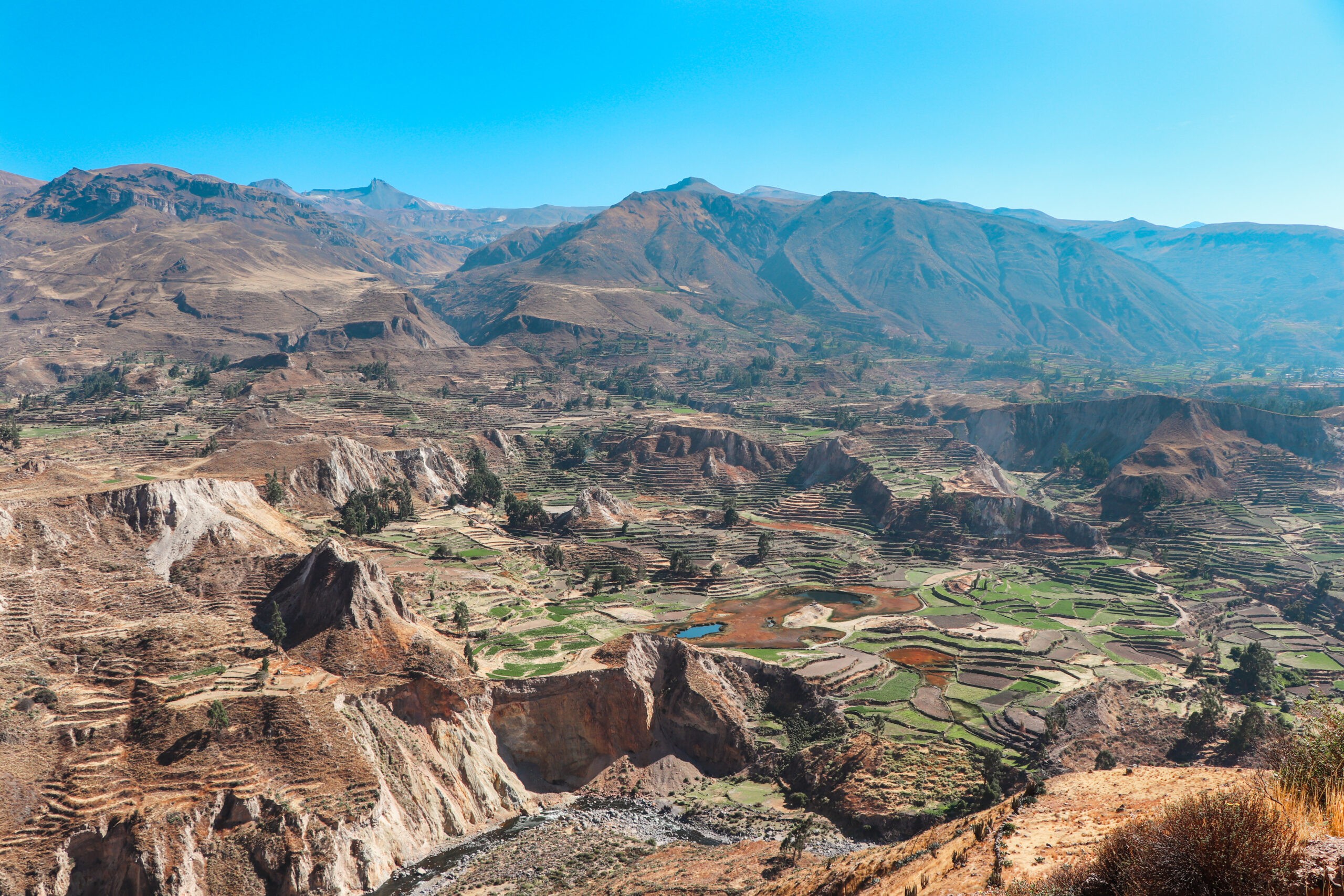
It’s not a coincidence that the name of the mountain range “Andes” comes from this ancient method. These landscapes are truly unique and are definitely worth a visit in the Colca Canyon.
Try some Colca Sour – the local version of the Pisco Sour, having a special ingredient – a cactus fruit. Interestingly, it tastes like Kiwi. If you would rather prefer an non-alcoholic option, also the cactus fruit juice is yummy.

4. Hot Springs
In Colca Canyon, you’ll find natural hot springs, such as La Calera and La Calera de Chivay. The mineral-rich waters of these hot springs are believed to have therapeutic properties, offering relief from muscle aches and joint pains. This makes it a perfect place to rest from your strenuous hike, relaxing and enjoying the amazing scenery.
The entrance to the hot springs costs 15 PEN (≈ 4 USD) per person. There are several pools of varying temperatures, allowing you to choose the one that suits you best.
5. Lamas, Alpacas and Vicuñas in the Aguanda Blanca National Reserve
On your way to the Colca Canyon you will pass the Salinas and Aguada Blanca National Reserve. The reserve is known for being home to various species of wildlife, including vicuñas, a wild relative of the llama and alpaca.

Vicuñas were once critically endangered due to hunting for their valuable fine wool but, luckily, thanks to the conservation efforts within the reserve the numbers have gone up.
If you are interested in seeing the vicuñas in the wild, this is probably the best place to go. It was absolutely magical to see them grazing and galloping on the high-altitude plateaus and puna grasslands, as we were driving through the national reserve.

6. Volcano Viewpoint
On the road between the Colca Canyon and Arequipa, there are several viewpoints, such as Mirador de los Andes, providing panoramic views of some of the most impressive volcanoes in the region.
You can see volcanoes such as Misti, Chachani, Ubinas, Ampato and Sancancaya (this one is currently active and with a bit of luck you could even see it erupting). The viewpoint is almost at 5,000 meters (16,404 feet) above the sea level, therefore, be aware of any signs of altitude sickness and bring some medicine or coca leaves to mitigate the symptoms.
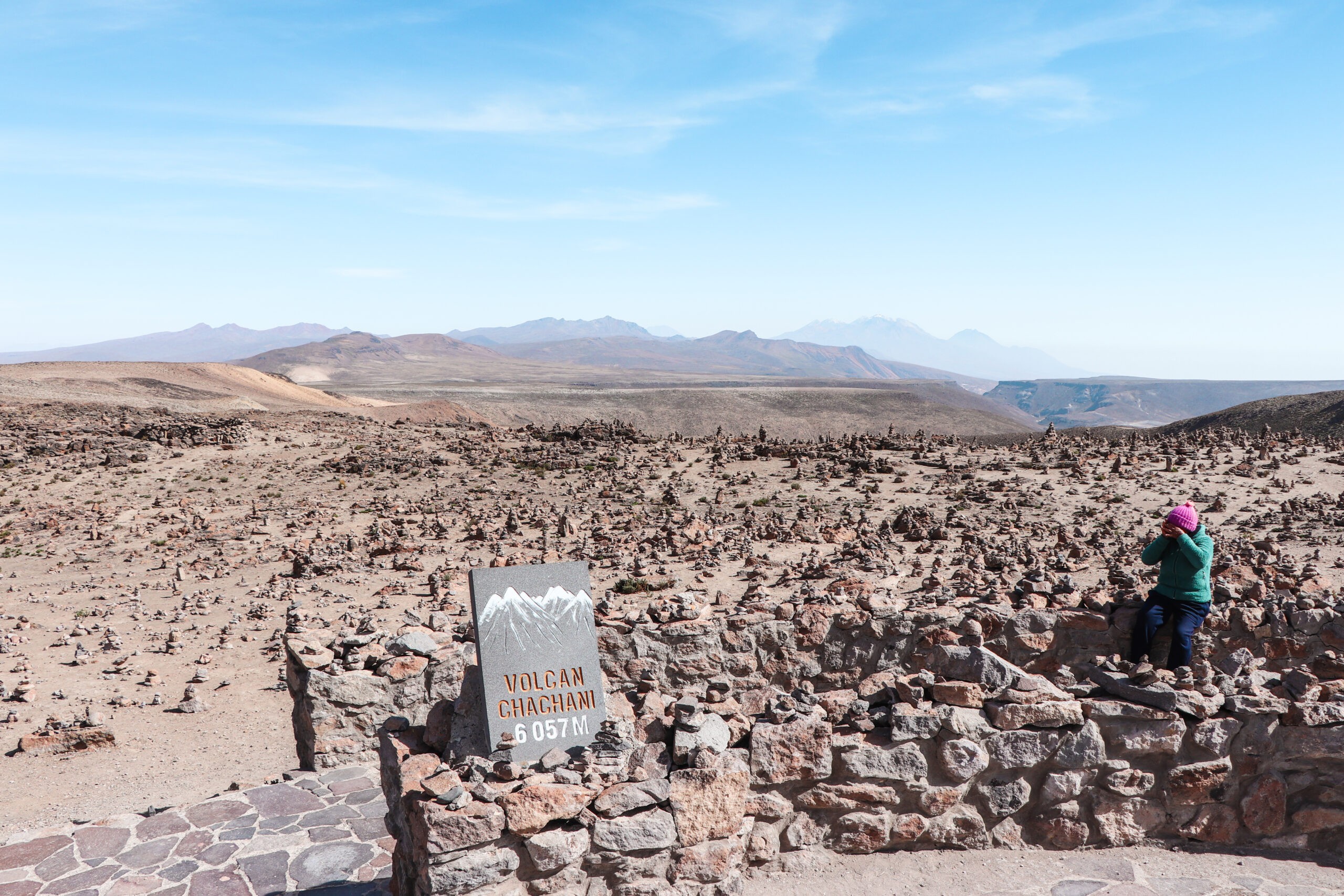
How to visit the Colca Canyon from Arequipa?
After reading and researching about how to easily get to the Colca Canyon, we went with the most convenient option – booking a tour. At that time, we didn’t want to worry about transportation, guidance through the trails and meals. And as prices were really affordable there wasn’t a real reason why not to go by a tour.
Nonetheless, there are several options to get to the Colca Canyon, in case you’d prefer doing it on your own. So to ease your travels, we’ve listed all of the different way to get to the Colca Canyon.
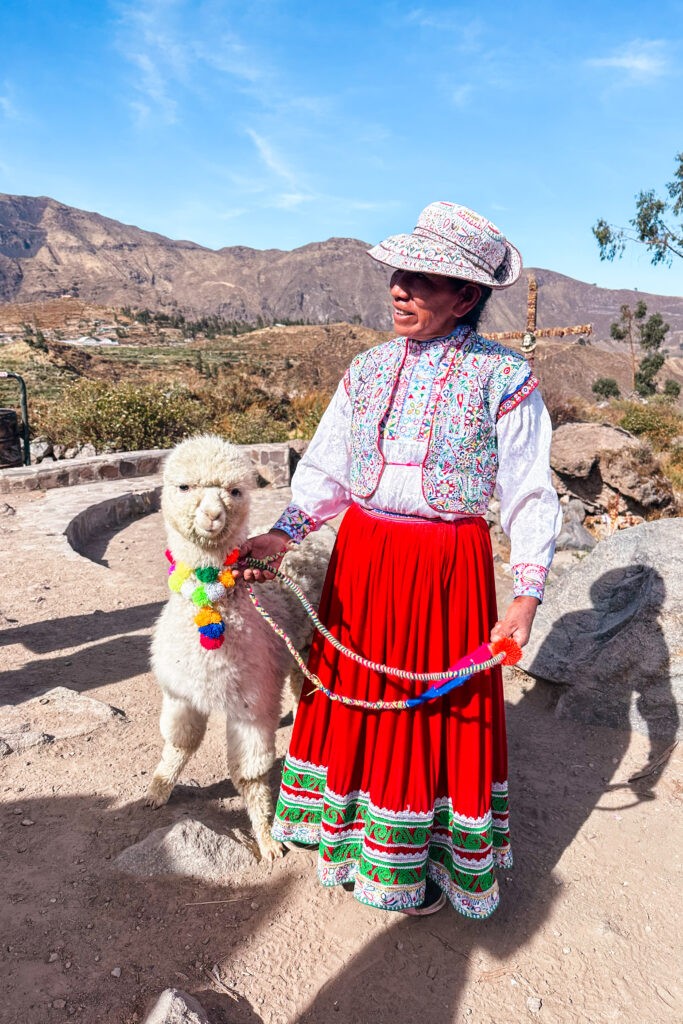

Relevant Reading
1. Colca Canyon with a Guided Tour
You can choose from single-day excursions to multi-day treks that cover all the main attractions outlined in the previous chapter. While a one-day tour from Arequipa to Colca Canyon may seem appealing, we do not believe it is the best option. The reason is that it’s about a 3-hour drive from Arequipa to the Colca Canyon, which means you’d spend most of your time on a bus. Moreover, the true beauty of Colca Canyon is best experienced on foot. Due to the steep slopes, exploring its depths of the canyon requires at least one day. Therefore, depending on your travel plans, budget and physical fitness, we’d recommend booking a 2- or 3-day-tour to the Colca Canyon.
Recommended Tour
Expect to pay for the tours around 35 USD per day. If you decide to book last minute when in Arequipa, you can get the tour a bit cheaper. Keep in mind that the entrance fee to the Colca Canyon needs to be paid separately, which is 70 PEN (≈ 19 USD). Take some cash with you, as they don’t accept any cards at the checkpoint.
2. Colca Canyon by Collectivo
In case you haven’t heard about Collectivos before: Collectivos are small vans with 8-12 seats, and they usually leave once full. The advantage of taking a collectivo instead of a bus is that they usually drive the route faster.
The collectivos to Chivay can be found at several bus stops in Arequipa, around Avenida Andrés Avelino Cáceres. Just ask people on the street and they will point you to the right direction. The buses usually start operation at 5 am and leave hourly, or when full. Therefore, be prepared to wait in case there are not enough people.
A ticket costs 20 PEN (≈ 5 USD) per person, with a travel time of 3,5 hours.
Once in Chivay, you will have to take another colectivo to Cabanaconde. You will find the colectivos waiting outside of the terminal. They have scheduled their departures based on the buses and colectivos arriving from Arequipa, however, as usual, they leave once full.
The ticket costs 10 PEN (≈ 3 USD) and the journey takes 1,5-2 hours.
If you’re planning to start your hike right away towards San Juan de Chuccho, ask your driver to drop you off at Mirador San Miguel which is the starting point for the trek down into the canyon. In that way you save a 20-minute walk from the Cabanaconde.
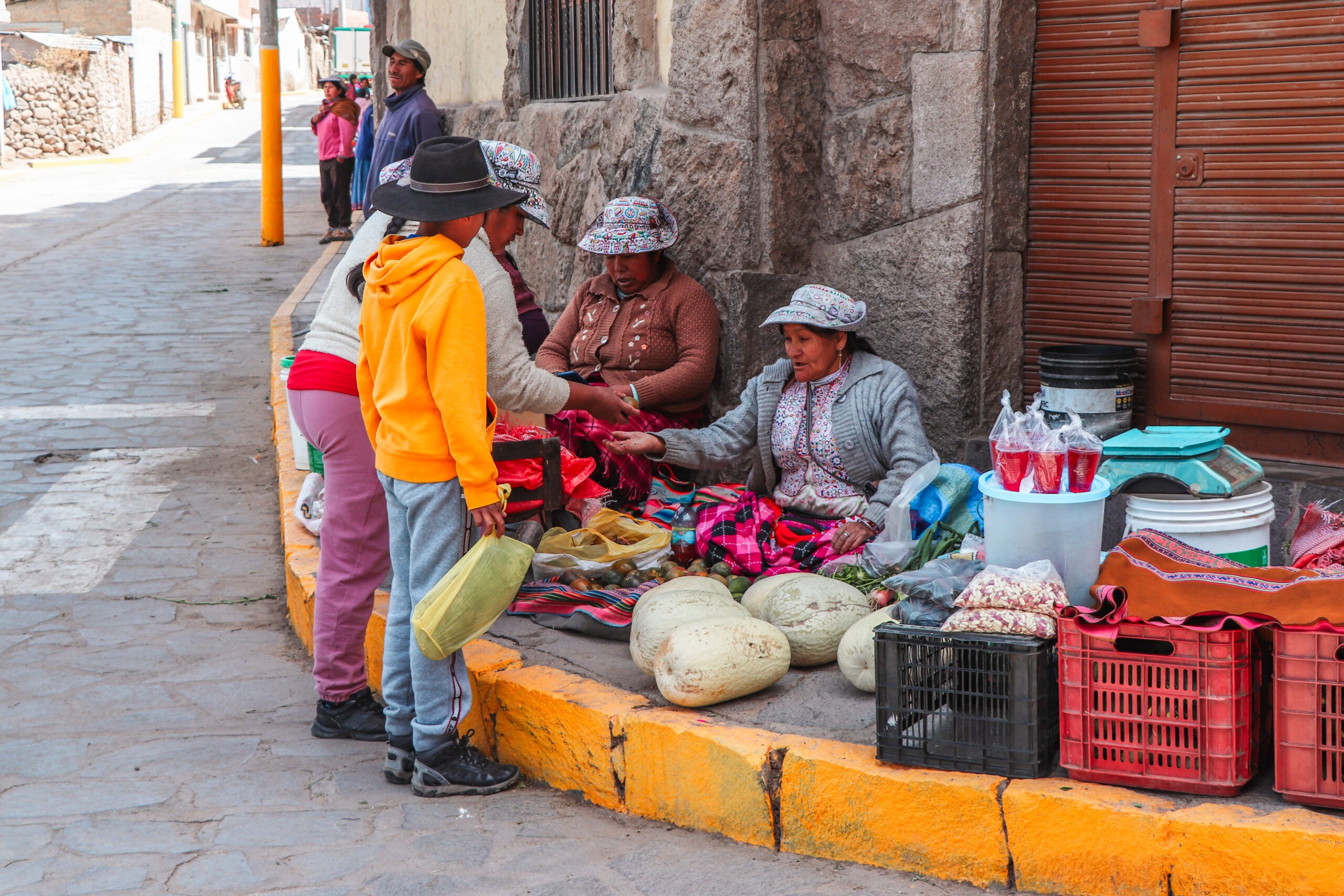
3. Colca Canyon by Bus
You can also take a bus to Cabanaconde from Terminal Terrestre in Arequipa. The bus usually stops in Chivay for about ten minutes. It picks up new passengers and lets current ones go to the bathroom.
The route takes 5-6 hours and costs around 25 PEN (≈ 7 USD). You can check the bus schedules and ticket prices online or at the Bus Terminal in Arequipa.
4. Colca Canyon by Shuttle Service
Some tour operators agree to give you a lift to Cabanaconde. This means you will join their tour for the first part. You will be picked up from your hostel in Arequipa between 3.00-3.30 a.m., have a breakfast in Chivay, enjoy the Condors at Cruz del Condor viewpoint and be dropped off in Cabanaconde around 9.30 a.m.
This option, although a bit more costly than the alternatives, definitely is the most convenient way to travel to Cabanaconde independently.
Where to stay in the Colca Canyon?
If you want to spend a night or two in the Colca Canyon, you have several options where to stay.
Cabanacone is a small village next to the trailhead into the Colca Canyon. There are some hostels, guesthouses and small hotels, making it a convenient base for trekkers. You can book your accommodations online or once you get there.
Another option would be to stay in one of the villages down the canyon, such as in San Juan de Chucco, Sangalle or Llahuar. There you can choose from dorms and private rooms or ask to camp. Just make sure to get in contact with the property before you start your hike. While post-pandemic way less tourists find their way into the canyon, you still want to make sure you have a place to stay (especially during the high season from June to August).
Some lodges we would recommend are the Colibri Lodge in San Juan de Chico, the Paradise Las Palmeras Lodge in Sangalle and Casa Virginia in Paclla.
How to hike the Colca Canyon?
The treks from Cabanaconde in the Colca Canyon range from a single-day hike to multi-day expeditions. The best route and duration depends on your preferences and fitness level.
Here we have listed some of the most common treks.
Before your Colca Canyon Trek make sure to get used to the high altitude. The canyon is part of the Andes Mountains, and it goes from about 2,100 meters (6,890 feet) above the sea level at the bottom to around 4,160 meters (13,648 feet) at the highest points on the rim.

2-Day-Trek: Cabanaconde to Sangalle
This short hike having total of 11 km (7 miles) is a great option for those who are short on time or look for an easy trek in the canyon.
On the first day you will descend about 2 hours into the canyon and can relax at the pools in the oasis of Sangalle for the rest of the day. On the next morning you will ascend via the same zig-zag route back to Cabanaconde.
2-3-Days-Trek: Cabanaconde to San Juan de Chuccho and Sangalle
This roundtrip trek of about 20 km (12 miles) is the most popular one that is also offered by most tour operators.
On the first day you will walk about 10 km (6 miles) down to San Juan de Chuccho and after lunch you will continue 5 km (3 miles) to the Sangalle oasis where you’ll spend the night. On the second day, you will ascend the canyon to Cabanaconde.
This was the route we completed and it was perfect for us. It was the right length and 2 days was enough to fully appreciate the beauty of the Colca Canyon.

We have also read that doing this route in reverse and staying at San Juan de Chuccho instead of Sangalle may be easier on your knees as the ascent is not so steep. Only few tour operators offer this route, but it’s a great option when hiking solo.
For a more relaxed itinerary, you can also choose to spend an additional night in the Sangalle oasis or San Juan de Chucco respectively. While for us one night in Sangalle was totally fine, we’re sure your knees will thank you.
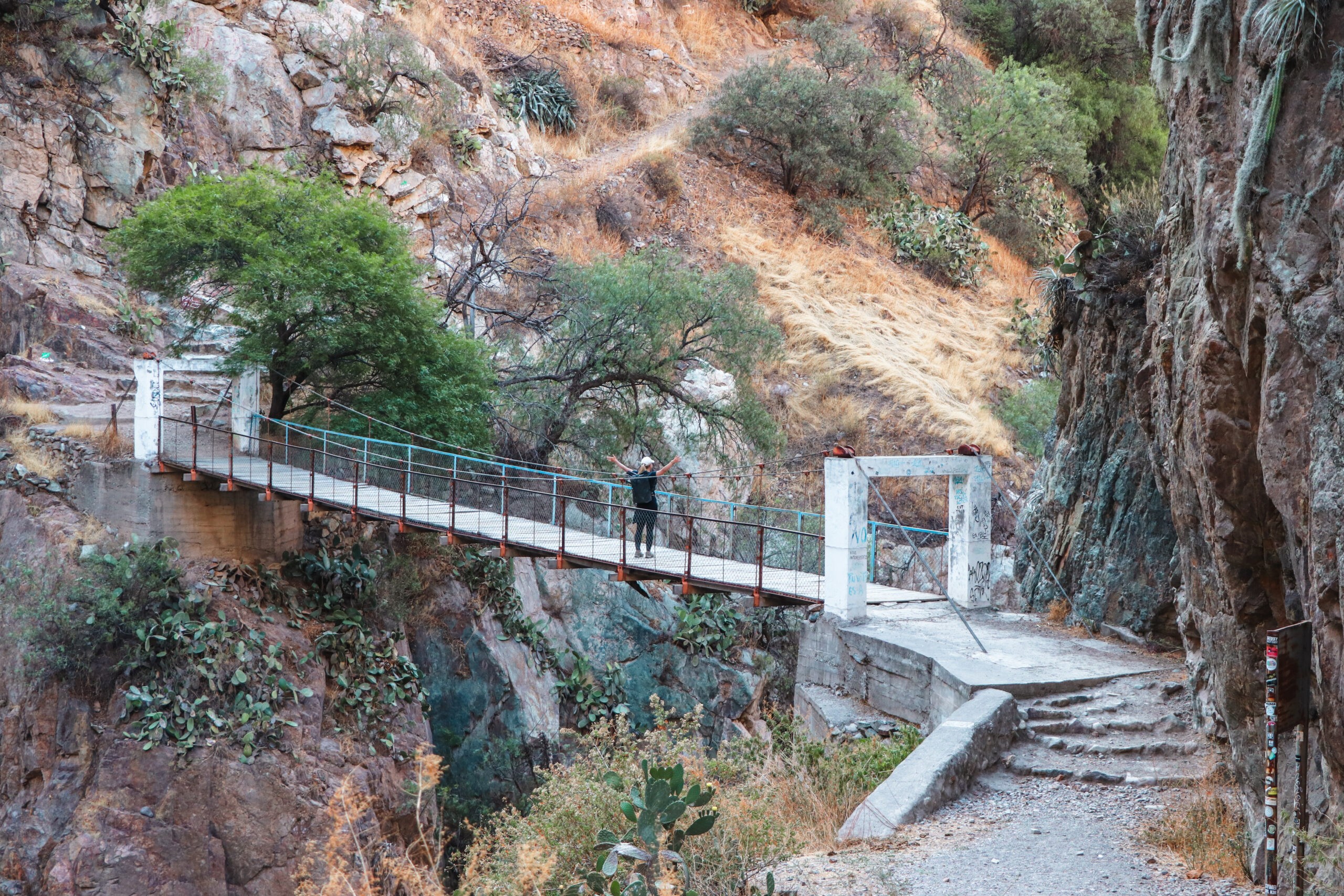
2-3-Days-Trek: Cabanaconde to Llahuar and Sangalle
This circular trail along the western side of the Colca Canyon is about 28 km (17 miles) long and can be done in 2 days, but we recommend taking 3 days for a more relaxed experience.
The trek from Cabanaconde to Llahuar involves a steep 11 km (7 miles) descent. Returning to Cabanaconde via Sangalle on the second day – a total of 17 km (11 miles) plus the steep ascend out of the canyon – would make for a long and strenuous hike.
Therefore, you might not catch the bus back to Arequipa and have to stay overnight in Cabanaconde. Opting for a 3-day trek would allow for a more leisurely pace and provides the opportunity to get back to Arequipa on the same day.
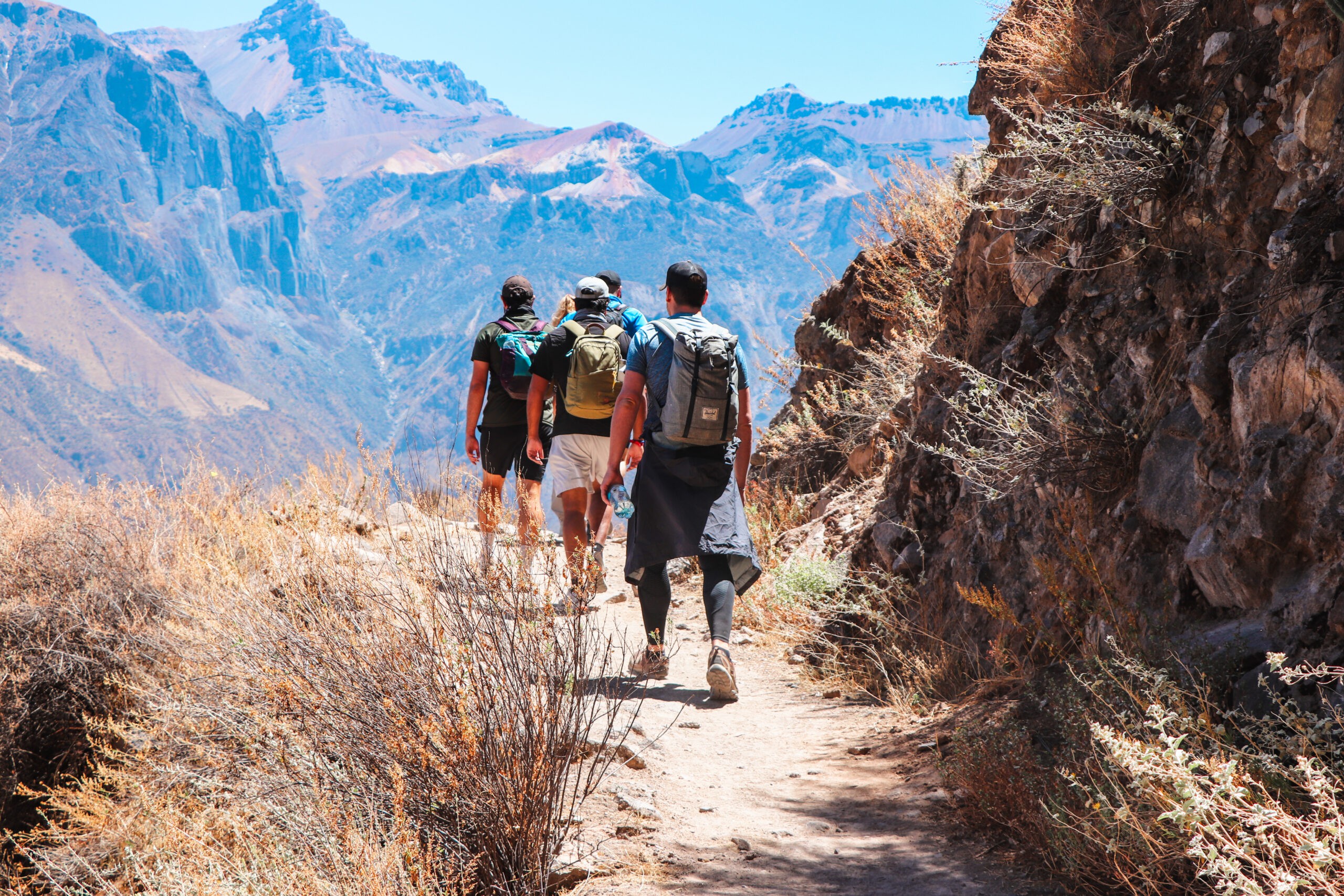
3-Days-Trek: Cabanaconde to Llahuar and San Juan de Chuccho
This 3-day Colca Canyon trek covers most of the routes in a loop of about 30 km (19 miles) and, thus, is the most challenging one.
When taking this trek, we would recommend to do the route clockwise, heading to Llahuar first, to have an easier ascent on the last day from San Juan de Chuccho to Cabanaconde.
Note that this route doesn’t include the Sangalle oasis but you will have great views over it along the route.
The trail length from Cabanaconde to Llahuar is about 11 km (7 miles) and it includes lots of switchbacks, so if you plan to do the route other way around, you should plan 6-8 hours for the last day and start around 5 a.m. to catch the bus back to Arequipa.
It is possible to take a bus from Llahuar back up to Cabanaconde on the last day instead of walking the trail, should your legs give up on you.
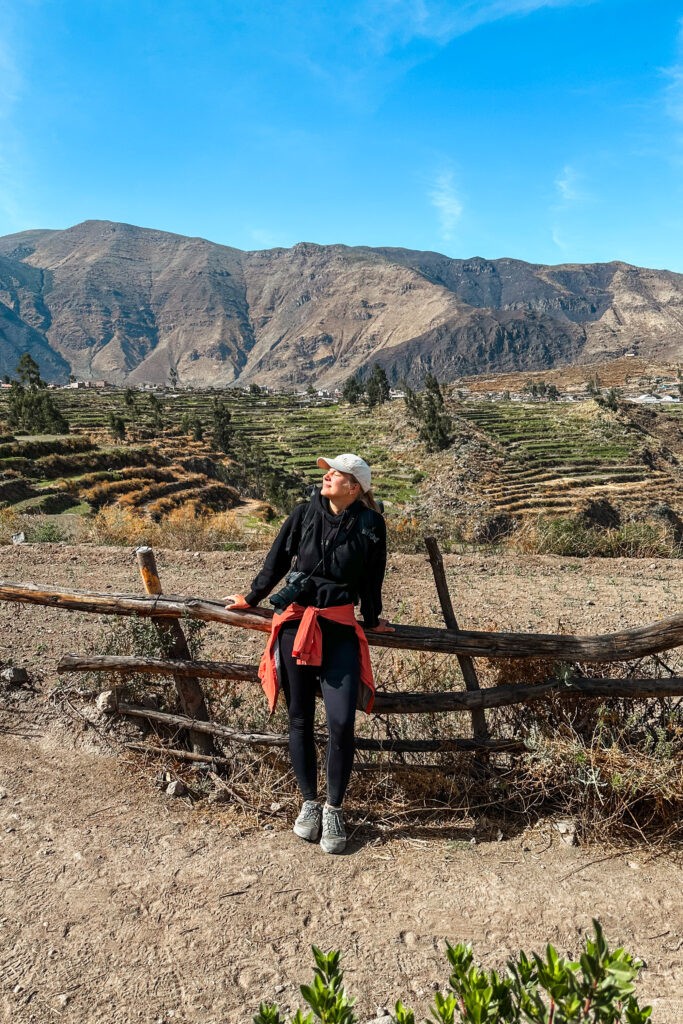
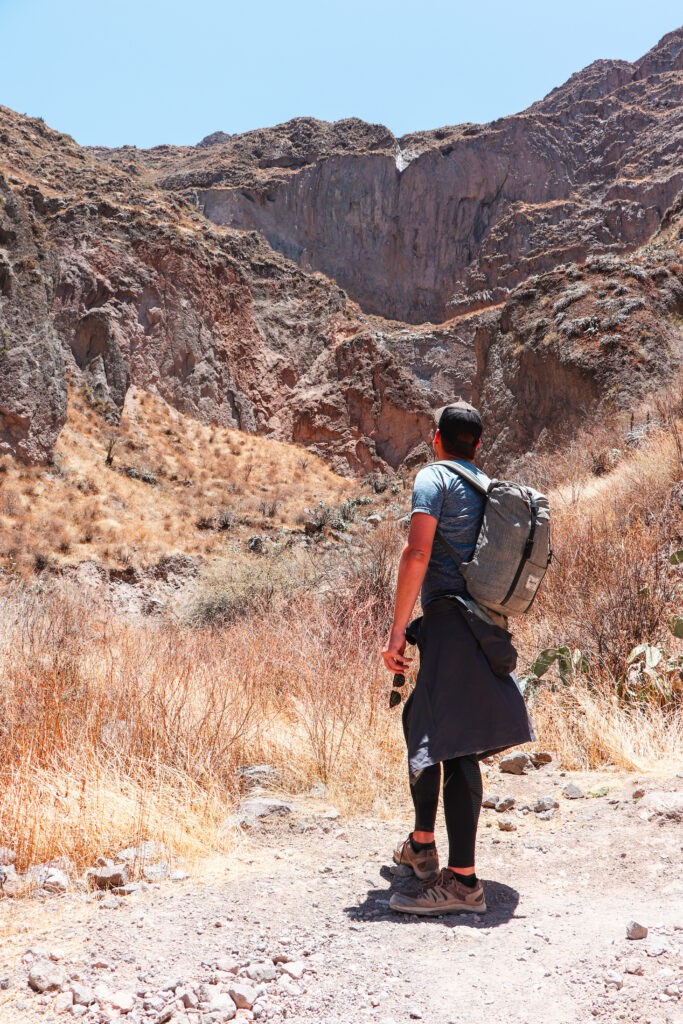
Relevant Reading
Is it safe to hike in the Colca Canyon?
The treks in the Colca Canyon are easy to follow and quite popular, which makes hiking in the area generally safe. There is no cell reception in the canyon, but there are several towns along the way where you can seek assistance if needed.
However, watch your steps! The slopes are steep and there are many small loose rocks on the trail. This is why we recommend wearing a sturdy pair of hiking boots for a more secure and enjoyable hiking experience.
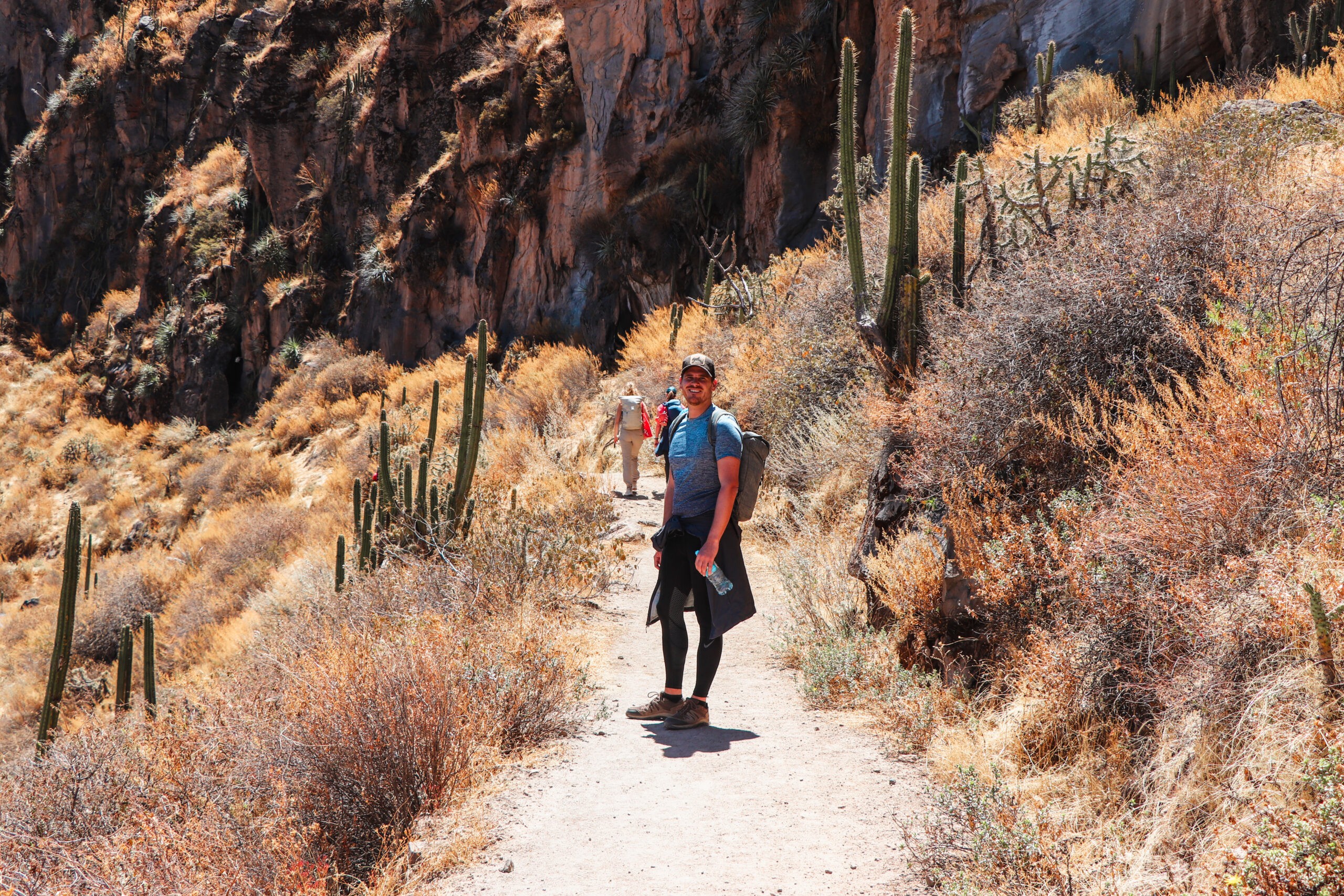
Is hiking the Colca Canyon hard?
Hiking through Colca Canyon, one of the deepest canyons in the world, is undoubtedly a rewarding but also challenging experience. Climbing the canyon’s steep walls, first descending and then ascending, should by no means be underestimated. And to be honest, it demands at least a moderate level of fitness not to only tackle the trek but also the hike uphill not to be a total nightmare.
However, even more you will need a strong mindset which keeps you going even if your legs start shaking and you are running out of breath (due to the high altitude). In that case, just keep going slow and steady, even if just with the smallest steps and you will make it.
When booking a guided trek through a tour operator, there’s often a tight schedule to reach the canyon’s rim in time for continuing the tour, requiring you to ascend 1,100 meters (3,609 feet) in just under 3.5 hours. If you are trekking independently, you have the advantage of setting your own pace, which can make the hike less strenuous.
The great news, however, is that there’s an alternative if your feet should give out on you. You can choose to ride a mule on your way up. Also, from the road before Llahuar there is even a bus up to Cabanconde. This flexibility ensures that hikers of varying abilities can enjoy the breathtaking beauty of the Colca Canyon.
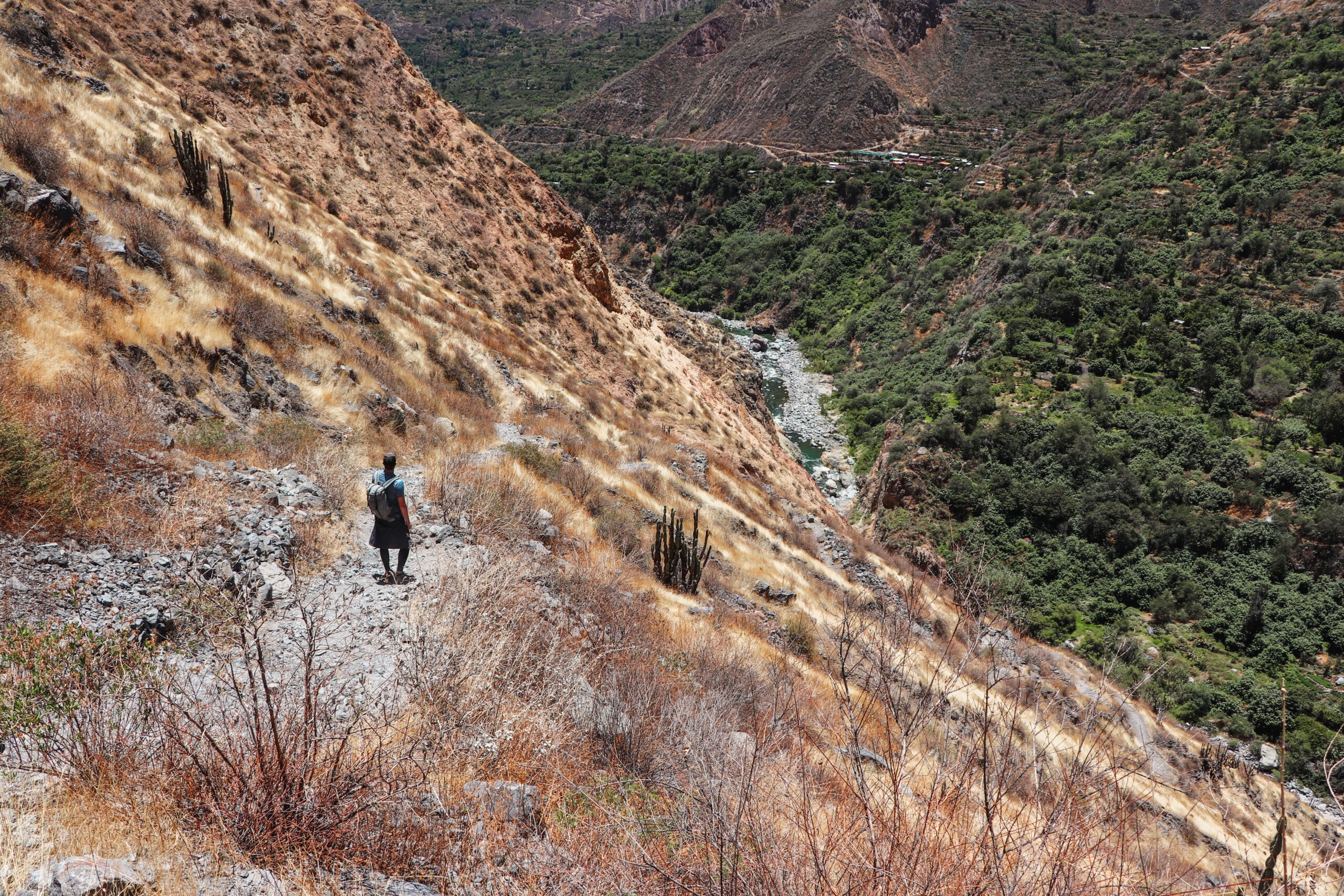
Relevant Reading
What to pack for the Colca Canyon trek?
We have prepared a compact packing list for your trip to the Colca Canyon. Whereas it is essential to bring enough water and sun protection, also don’t forget your swimsuit in case you would like to jump into the hot springs. We recommend dressing in layers as the weather can be unpredictable, with hot sun and strong winds being both very probable.
Hiking boots | Although we have seen people doing the hike with plain sneakers, trust us, you will feel yourself so much safer wearing hiking boots with good profile. There are many small loose stones on the track.
Layers of clothes | Besides comfortable long trousers, we recommend to layer up on the top. When the sun shines it gets really warm, however, at higher altitudes the temperatures drop and as soon the sun hides.
Waterproof jacket/rain poncho | In the mountains rain can show up unexpectedly. Even during the dry season. Therefore, be sure to pack a waterproof jacket or a rain poncho into your backpack.
Cap / Sunglasses | There are no trees to provide you shade during your ascend or descend in the Colca Canyon, therefore, wearing a hat is a good idea.
Gloves and a warm hat | Especially in case you are travelling during Peruvian summer, take some warm accessories with you. You might not need them during your hike but the evenings and mornings are quite chilly.
Extra socks and trousers | This is optional for those who travel during the rainy season. On the last day, after the hike, you will still have around 6 hours of bus ride to get back to Arequipa. It’s better to have some change clothes to not catch cold during your tour.
Water | It is essential to stay hydrated during your hike. We recommend to take 2-3 liters per person with you for the first day. You can buy water along the way, in the small villages, but expect the prices to be higher. Unfortunately, in the places where we stayed, they did not offer any filtered water, so in case you have a filter bottle, bring it. It is also a good idea to bring an electrolyte beverage with you.
Snacks | Whereas the tours include 3 meals a day and there are several restaurants in the villages for people who are traveling independently, you still might want to bring some snacks (also, during our tour, we had the breakfast on the second day only after having ascended the canyon). Best snacks at high altitude are ones rich in carbohydrates. For extra energy, bring some chocolate/muesli bars, nuts, dried fruits, bananas, or nut butter.
Sunscreen | The sun in the Colca Canyon can be very intense, so make sure to bring enough sunscreen
Bug spray | We did not have a problem with mosquitos during our tour, but it does not hurt to take it with you just in case. We heard from others being bitten as they were relaxing at the pool.
First Aid Kit | Let’s hope you won’t need it, but it’s better to be safe than sorry. Having some band aids and disinfectant with you is always a good idea.
Cash | There is no ATM in Cabanaconde, so make sure to bring enough cash with you for the whole trip. In case you are travelling independently, expect to pay for all your meals and accommodations in cash. Also, you will have to pay for the entrance ticket to the Colca Canyon (70 soles per person) and bring some extra, in case you would like to enjoy the hot springs (15 soles).
Powerbank | Not only will you want to ensure you will have enough battery to take amazing pictures but also in case you want to use a hiking app like AllTrails, possibility to charge your phone is a must, especially as not all the accommodations have electricity in the room.
Hiking poles | Optional but recommended in case you have knee problems. This trek has some uneven ground and higher steps.
Towel | Don’t expect the accommodations in the Colca Canyon to provide towels, so bring a light travel towel with you just in case
Swimsuit & flip-flops | Optional in case you want to relax in the hot springs
Head torch | In case you might want to start hiking before the sunrise, you will need a head torch to light your way.
Best time to visit the Colca Canyon?
The best time to visit Colca Canyon is during the dry season (May to November). These months offer clear skies and more comfortable temperatures for exploring the canyon, and higher chances to spot condors. However, the temperatures drop significantly during the night, so pack a few warmer pieces of clothes. Also, expect more tourists to travel during the high season (June to August) and the trails can get crowded.
The wet season in Colca Canyon is typically from December to April. During this period, you can expect more rainfall, which can affect trail conditions and visibility. While the landscape becomes lush, the trails may be muddier and slippier, sometimes even closed. We would still recommend going in November, as we had no rainfalls at all, the temperatures were pleasant and there were less tourists on the road. If you want to be safe, though, it’s better to plan your visit during the dry season.
Is it worth hiking the Colca Canyon?
Colca Canyon treks are among the most popular hiking routes in Peru, and for good reason. The canyon’s breathtaking views and challenging terrain make for an unforgettable experience.
The sense of accomplishment that comes with conquering the cliffs is unmatched. And even if you don’t make it to the top on your own two feet, you can be proud of yourself for even attempting the hike. The views from the Colca Canyon are simply spectacular, and they are the greatest reward for all the hard work you put into the hike.
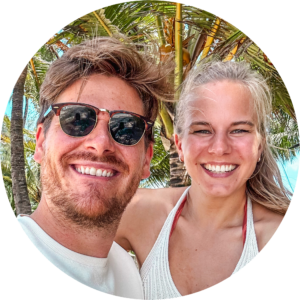
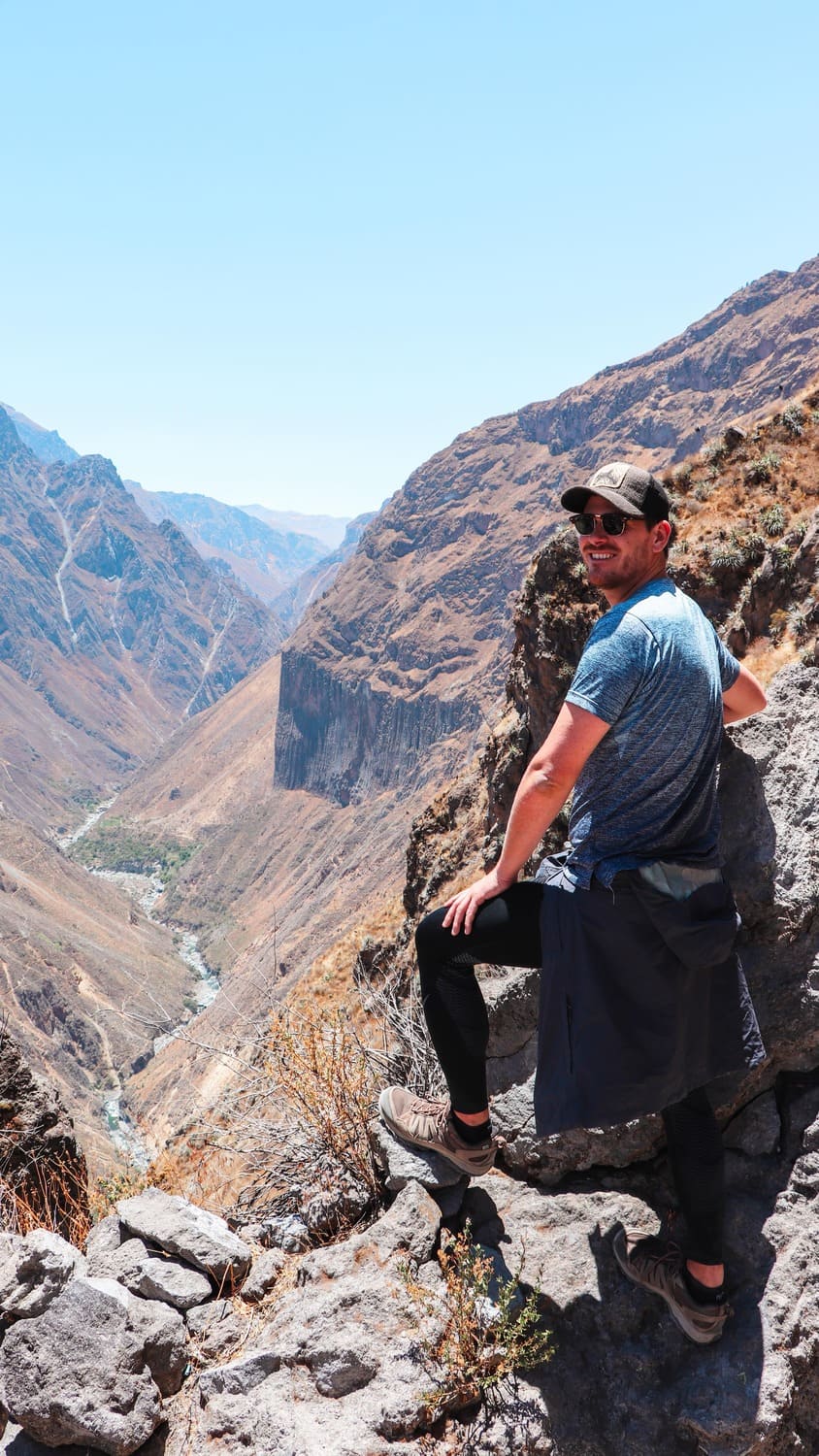
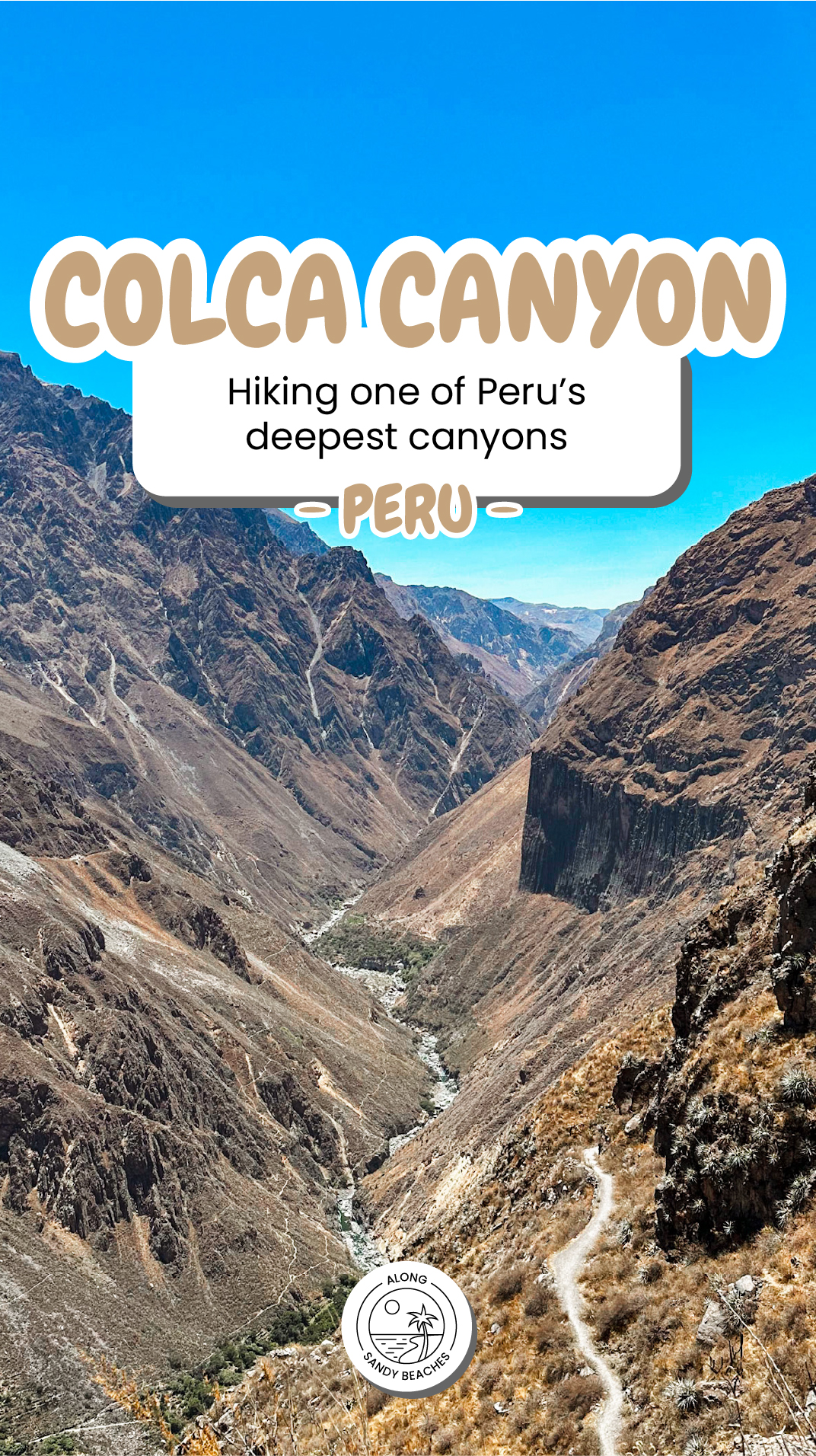
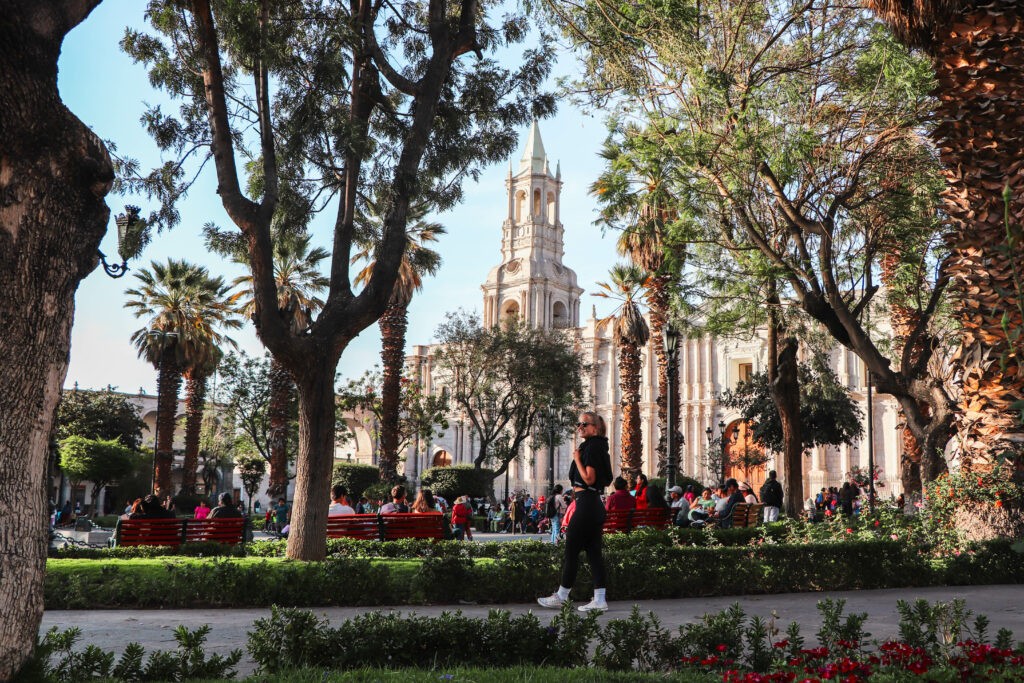
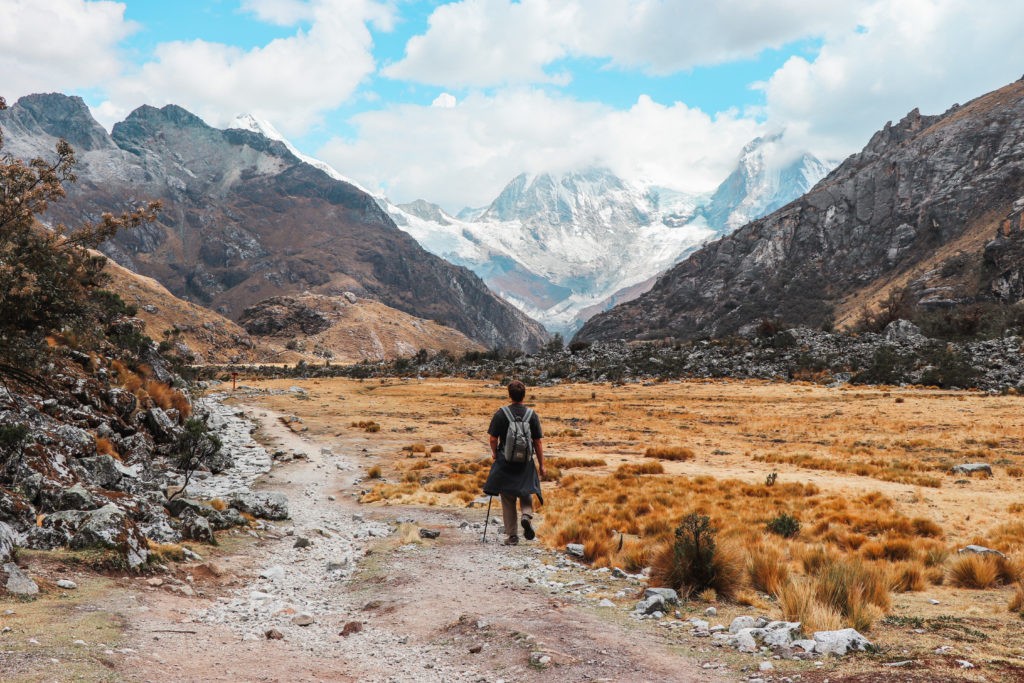
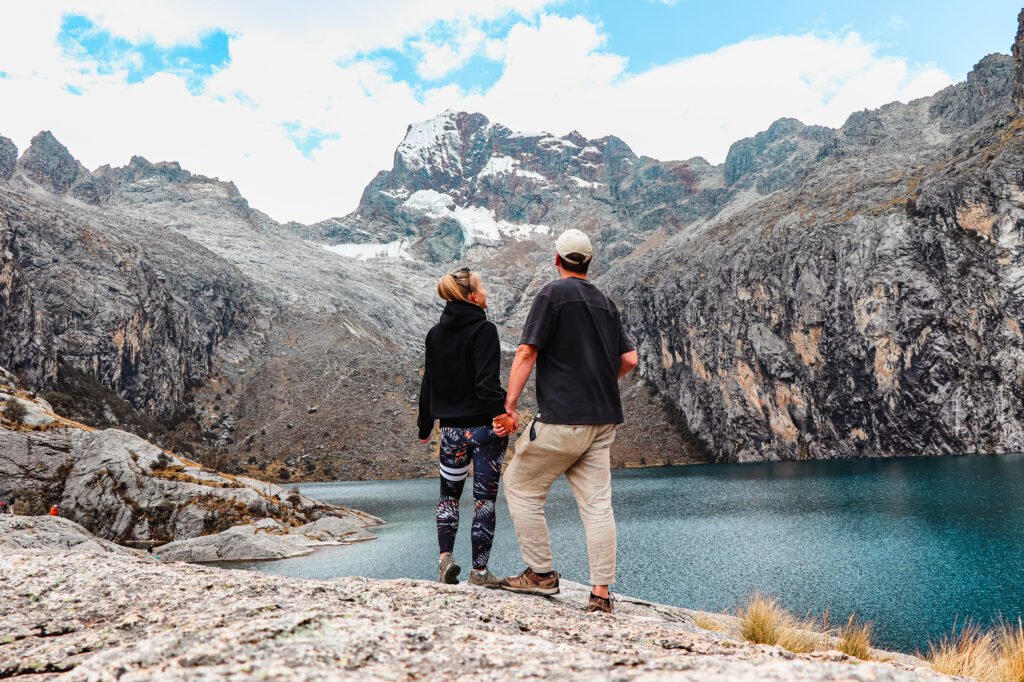
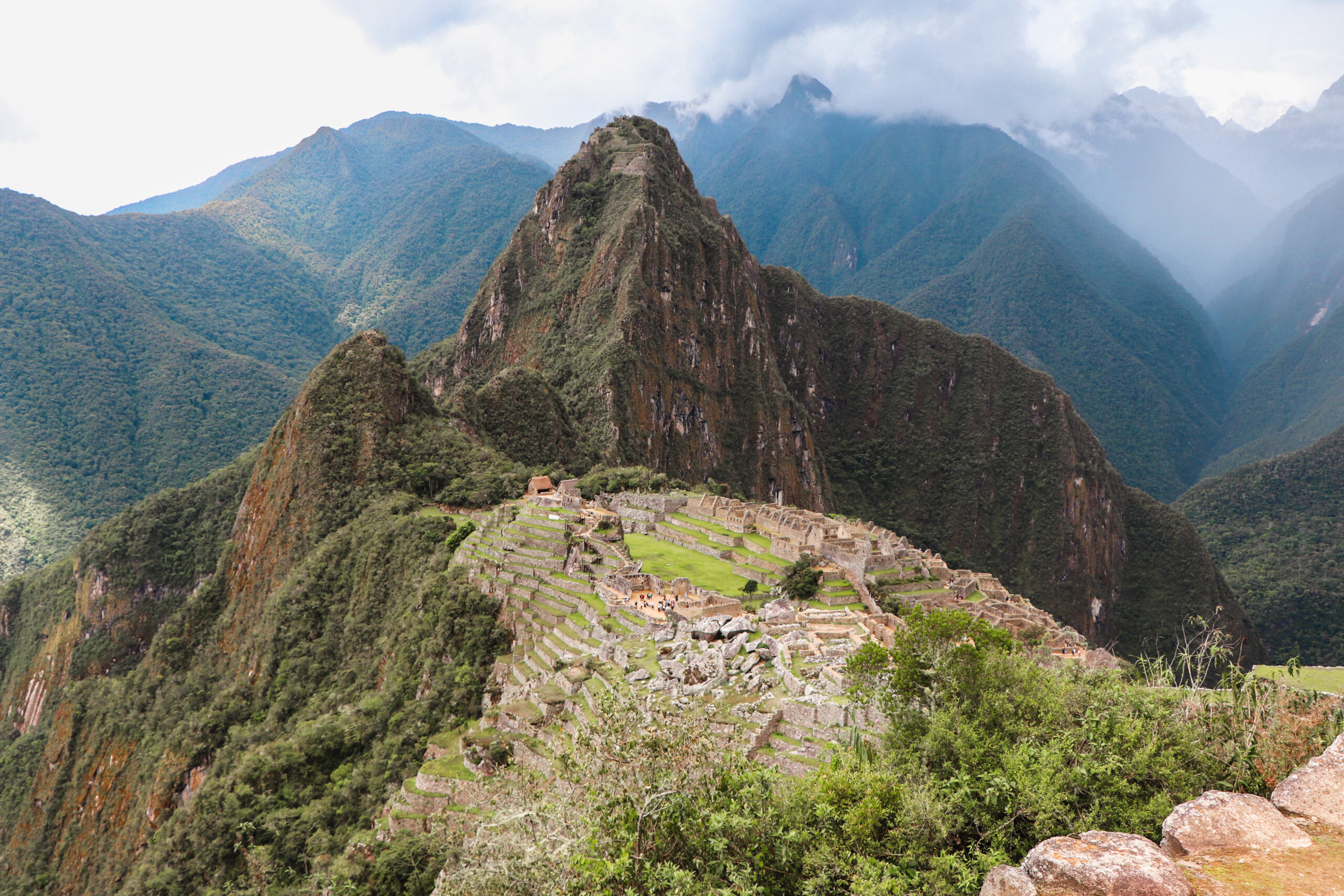
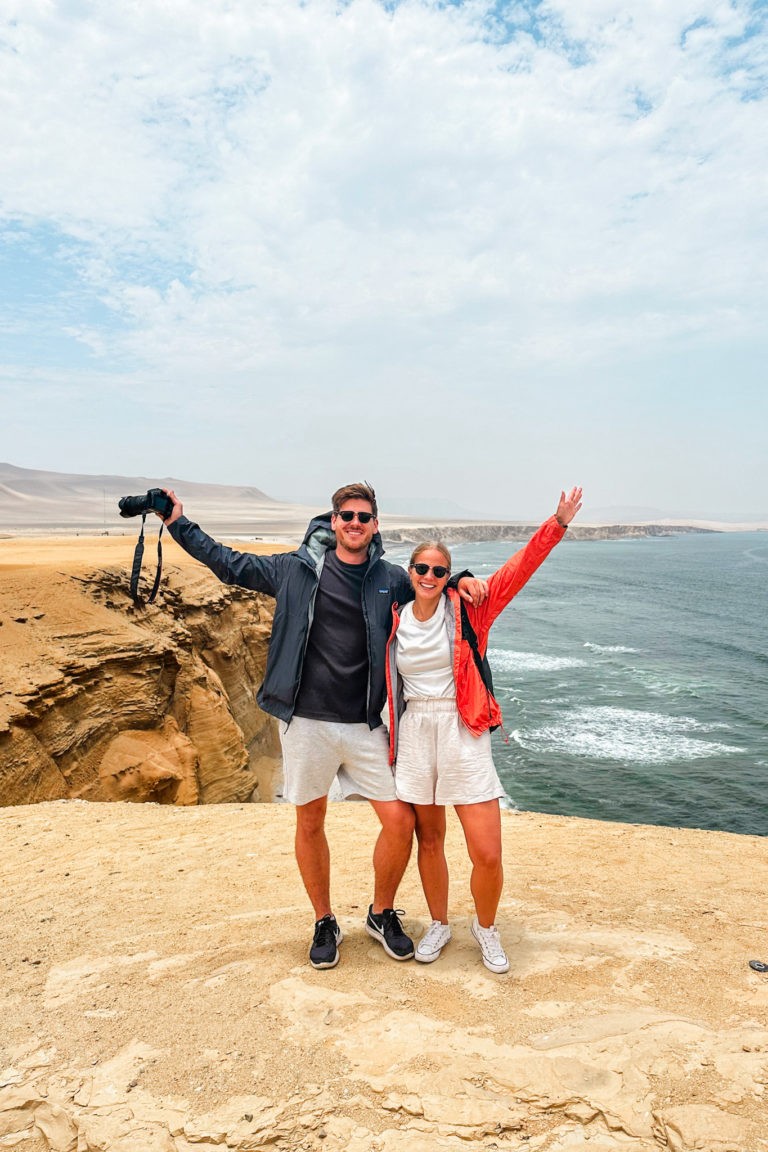
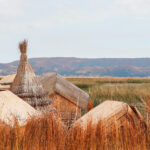
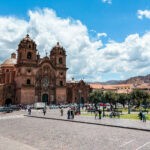
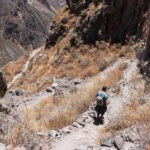
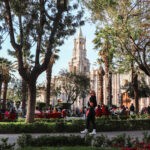
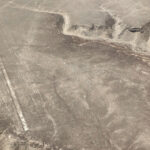
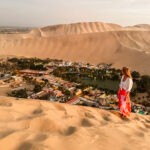
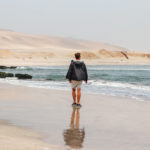

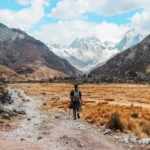
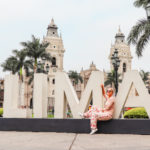
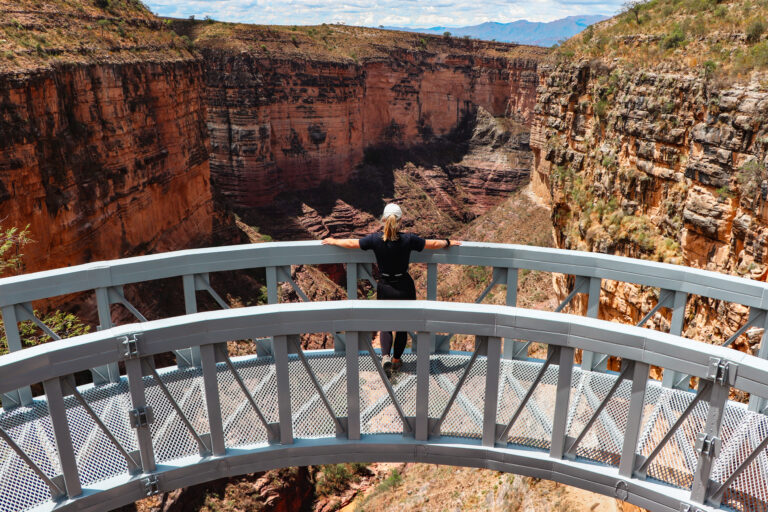

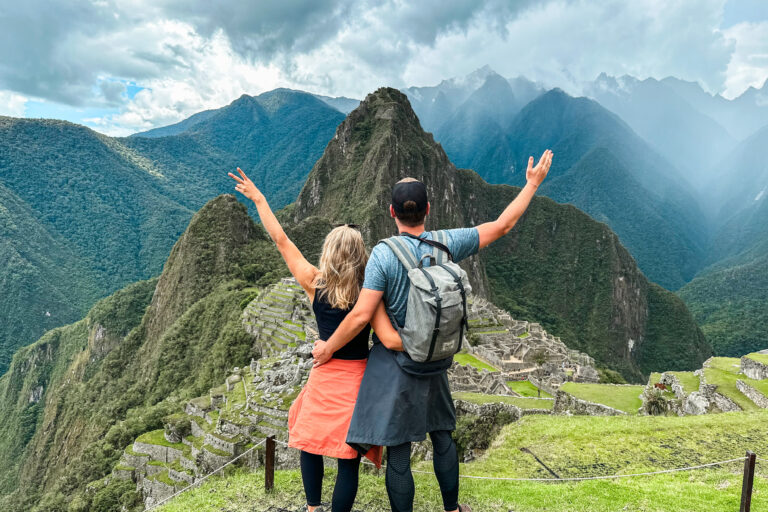
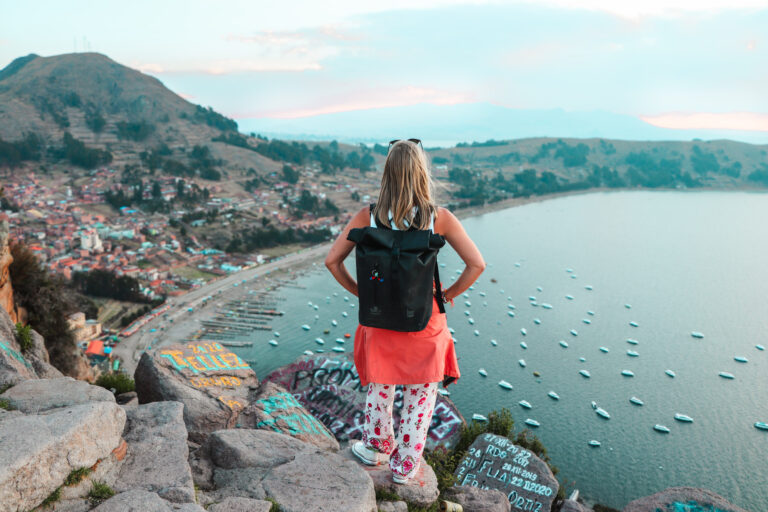
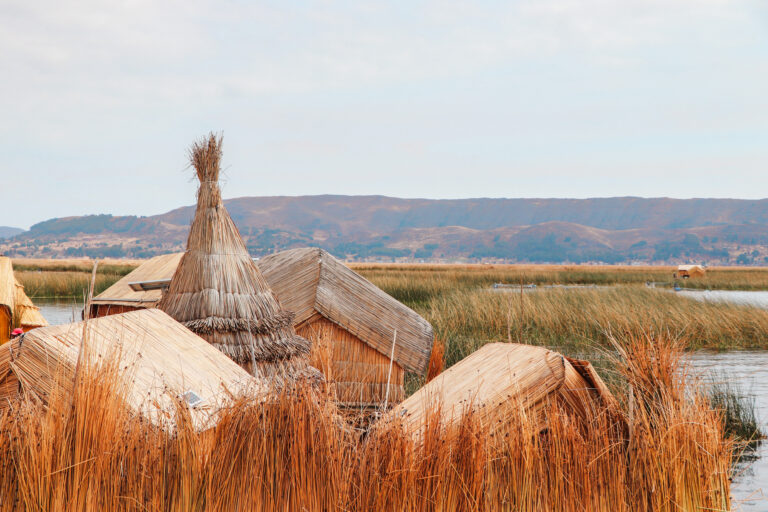

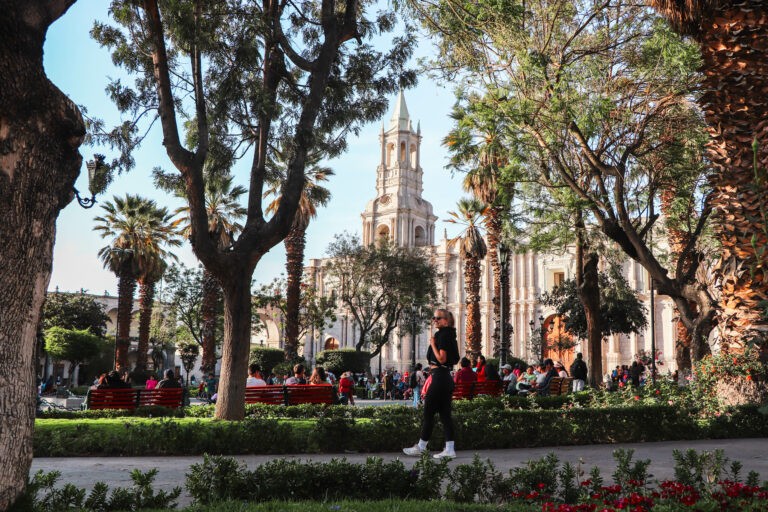




Is it true that the Colca Canyon is home to a hidden civilization that has never been discovered by modern explorers? Could there be ancient ruins or artifacts waiting to be unearthed deep within the canyon’s depths?
Hey! That’s more a myth than a reality. While the canyon is remote and rugged, it has been expored extensively by archaeologists, historians and adventurers like us. There are ideed archaeological sites, like pre-Incan terraces and ancient tombs. Who knows if there’s still something waiting to be discovered… we -at least- haven’t found a hidden civilization 😉 Are you planning to visit the Colca canyon anytime soon?